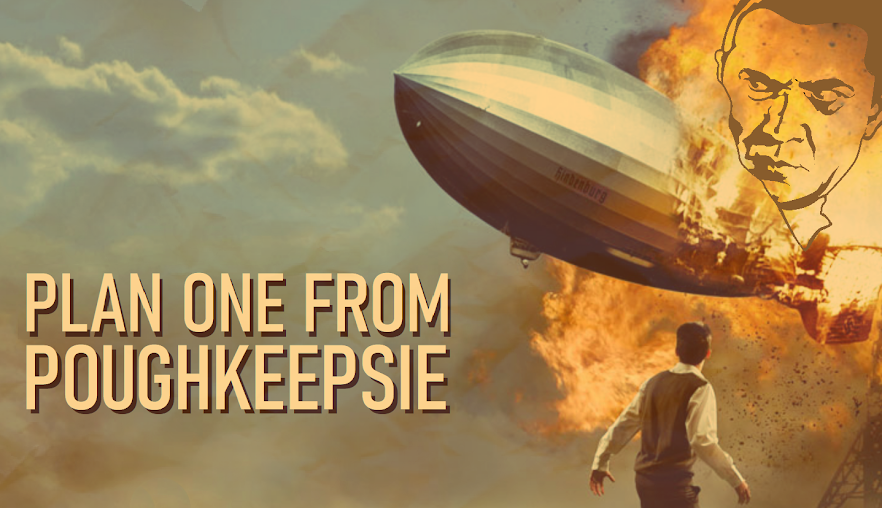 |
| Two of Ed Wood's crime thrillers come together in "The Violent Urge." |
NOTE: This article continues my coverage of Ed Wood's Warm Angora Wishes and Rubber Octopus Dreams (Arcane Shadows Press, 2024).
The story: "The Violent Urge" by Brian Carney
 |
| One of Ed Wood's crime thrillers. |
Synopsis: A young thug named Dirk brutally murders a young woman named Lisa at Lover's Lane. He's been instructed to do this by his boss, Janet, but Dirk views his killings as "art" and doesn't really care about any financial compensation. Janet is the leader of an underground smut ring, and Lisa was about to rat her out to the police and so had to be eliminated. Dirk has done his part, but Janet is furious that he left a pornographic picture at the crime scene.
Dirk's solution is to commit further murders and mayhem at Lover's Lane, making the cops think there's a sex-crazed psycho on the loose. They'll be so busy trying to catch him that they'll forget all about the smut ring. Dirk's insidious plan almost works, but one of his intended victims turns out to be an undercover cop in drag. Dirk barely escapes arrest, and Janet decides that he should lay low for a while. She has her boyfriend Danny drive Dirk to the home of Paula Parkins (aka Paul), a wealthy young lady who's part of a gang of female juvenile delinquents. Dirk, Paula, and the gang enjoy a wild and violent party, during which they watch some stag films starring the girls.
Later, Janet delivers some of the aforementioned stag films to a hard-boiled lady gangster named Gloria. It turns out Gloria is having some of the same problems that Janet had been having with Lisa earlier. She sure could use a hitman right about now, someone to neutralize any threats. Janet offers Dirk's services. Gloria thinks Dirk has potential.
Excerpt:
His body was black and blue with bruises, there were bite marks on his legs and shoulders. The gash on his chest had needed four stitches but it was barely a scratch. The trunk of the Star Chief was full of 8mm film cannisters, wrapped in flowered sheets stolen from Paula's parents' bed before they could come back and see the damage.
 |
| Dirk does his thing. |
"The Violent Urge" manages to answer one of the nagging questions from Ed Wood's filmography. Namely, how did gangster Gloria Henderson (Jean Fontaine) ever wind up hiring a loose-cannon thug like Dirk Williams (Dino Fantini) in The Sinister Urge? You have to admit, it's a strange pairing. She's no-nonsense; he's basically all nonsense. She demands order; he offers chaos. She tries to keep a low profile; he's bound to attract attention. And, ultimately, Dirk proves a liability to Gloria's operation.
Author Brian Carney manages to craft a convincing origin story for the unlikely Gloria/Dirk alliance, and he incorporates the juvenile delinquents from The Violent Years. I was glad to spend a little more time with those fun-loving gals. Does Paula Parkins (Jean Moorhead) get to say her famous "so what?" catchphrase from the movie? You'd better believe she does. As a little flourish, Carney includes a sly reference to Hellborn (1956), one of Ed's unfinished films. Janet and Dirk are said to have attended Wellbourne High School, known colloquially as Hellborn High.
Better yet, Carney manages to write all of this in the gleefully nasty style of a trashy pulp novel, complete with loving descriptions of lurid violence. (The story literally starts with a lengthy, drawn-out description of a stabbing.) The author refers to the shared fictional world depicted in this story as the "Delinquiverse," which I love. It would have been nice to include mixed-up Don Gregor (Clancy Malone) from Jail Bait (1954), too. Don, like Paula Parkins, is a spoiled, bored rich kid who gets into crime for kicks, so they may have had a lot in common. But then, what would Carney have called the story? "The Violent Jail Urge"?


























